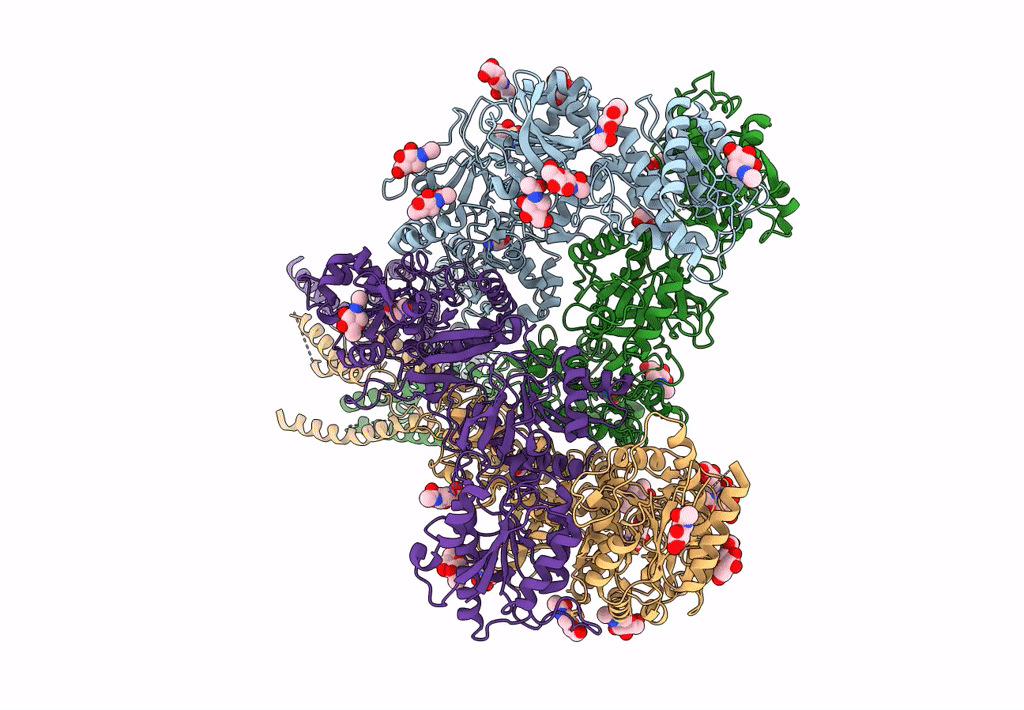
Deposition Date
2021-05-16
Release Date
2021-08-04
Last Version Date
2024-11-20
Entry Detail
PDB ID:
7EU7
Keywords:
Title:
Structure of the human GluN1-GluN2A NMDA receptor in complex with S-ketamine, glycine and glutamate
Biological Source:
Source Organism:
Homo sapiens (Taxon ID: 9606)
Host Organism:
Method Details:
Experimental Method:
Resolution:
3.50 Å
Aggregation State:
PARTICLE
Reconstruction Method:
SINGLE PARTICLE


